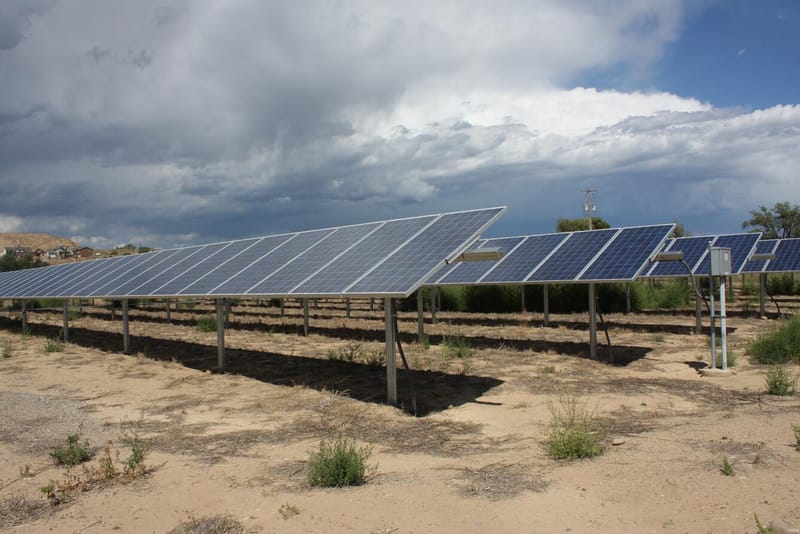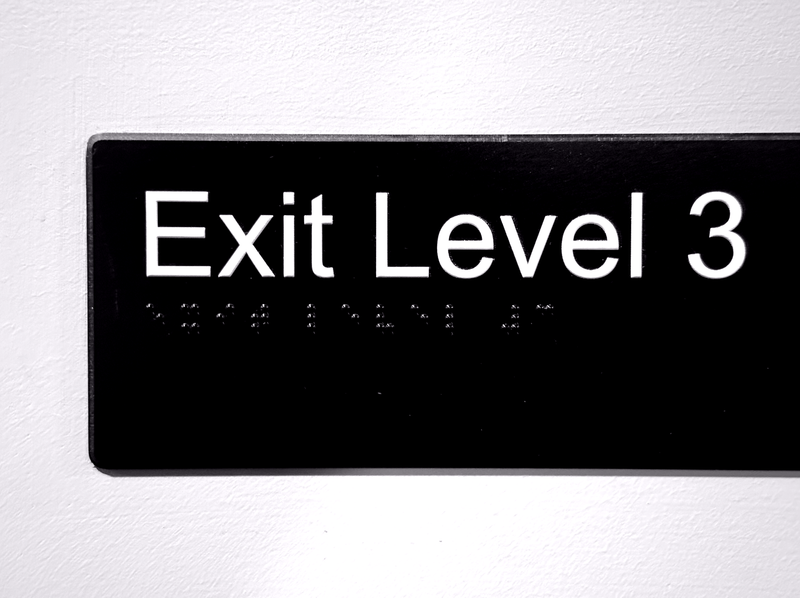Every 2025 Clean-Energy Tax Credit explained—How to save up to $16K
Wondering which Inflation Reduction Act credits you can actually use? This step-by-step guide deciphers every household incentive—covering electric vehicles, chargers, heat pumps, insulation, solar panels, and battery storage—so you can stack savings with confidence.
Since Congress passed the Inflation Reduction Act (IRA) in 2022, U.S. families have gained an unprecedented menu of federal tax credits aimed at cutting both utility bills and carbon emissions. But the fine print—income caps, annual limits, and technology-specific rules—can feel like a maze.
The IRS has now packaged those incentives into five clear buckets that touch everything from electric cars to attic insulation.
Below is a plain-language Clean-Energy tax credit guide that decodes each credit and shows how homeowners and renters alike can put them to work.
1. Credit for New Clean Vehicles (§ 30D)
| Key points | Details |
|---|---|
| What qualifies? | New battery-electric, plug-in hybrid, or fuel-cell cars and light trucks that meet battery-component and final-assembly rules, plus MSRP and buyer-income caps |
| How much? | Up to $7,500 per vehicle |
| How you get it | Starting with 2024 purchases, you can transfer the credit to the dealer and treat it as an immediate price reduction at the showroom |
2. Credit for Previously-Owned Clean Vehicles (§ 25E)
| Key points | Details |
|---|---|
| What qualifies? | The first resale of a used clean vehicle that is at least two model years old and sells for ≤ $25,000; buyer income limits apply |
| How much? | The lesser of $4,000 or 30 % of the sale price |
| How you get it | Like the new-car credit, you can transfer it to the dealer to lower the purchase price on the spot (for 2024 sales onward) |
3. Alternative-Fuel Refueling Property Credit (§ 30C)
| Key points | Details |
|---|---|
| What qualifies? | Home EV chargers and other alternative-fuel refueling equipment installed in low-income or non-urban areas |
| How much? | 30 % of the hardware + installation costs, up to $1,000 for individuals (business installations have a similar structure but different percentages tied to prevailing-wage rules) |
4. Energy-Efficient Home Improvement Credit (§ 25C)
| Key points | Details |
|---|---|
| What qualifies? | Energy-efficient improvements to an existing primary residence, including insulation, air sealing, efficient HVAC, windows, doors, electrical-panel upgrades, home energy audits, heat-pump space and water heaters, biomass stoves, and geothermal heat pumps |
| Credit rate | 30 % of qualified expenses |
| Annual caps | $1,200 total for building-envelope upgrades and other energy property, plus a separate $2,000 cap for qualifying heat-pump equipment (maximum $3,200 in a single tax year) |
5. Residential Clean-Energy Credit (§ 25D)
| Key points | Details |
|---|---|
| What qualifies? | Solar PV panels, solar water-heating, small wind, geothermal systems, fuel cells, and battery storage ≥ 3 kWh installed at your home |
| Credit rate | 30 % of the project cost for systems placed in service 2023-2032; phases down to 26 % in 2033 and 22 % in 2034 |
Putting it all together — a sample “stack”
Imagine a homeowner in 2025 who:
- Buys a qualifying electric SUV (MSRP $45,000) → $7,500 (§ 30D)
- Installs a Level-2 charger in an eligible neighborhood for $1,200 → $360 (§ 30C)
- Adds a heat-pump HVAC system for $8,000 and new attic insulation for $3,000 → $2,000 + $900 = $2,900 (§ 25C)
- Puts $20,000 of rooftop solar + battery storage on the roof → $6,000 (§ 25D)
Total federal credits: $16,760 — all claimable on their individual income-tax return (Form 1040 with the relevant IRS worksheets).
Helpful reminders
- Credits are non-refundable (they reduce your tax bill but don’t generate a refund beyond what you paid), yet unused portions of § 25D can roll forward.
- Keep purchase invoices, manufacturer certificates, and — for EVs — the VIN and a copy of the dealer’s transfer form.
- Some states add their own rebates, so check local programs to “stack” further savings.
Conclusion
Used wisely, these five credits can slash the upfront cost of electrifying your lifestyle—often by thousands of dollars in a single year. Start by confirming your eligibility (income, property type, project timing) and gathering contractor or dealer documentation. Then consult a tax professional to coordinate claims across multiple years if needed. With smart planning, the IRA’s incentives can transform today’s wish-list upgrades into affordable, long-term savings.
More Resources
For full eligibility rules and the official IRS forms, refer to the resources below.
- Residential Clean Energy Credit
- Publication 5886-A, Clean Energy Tax Incentives for Individuals PDF
- Publication 5967, Energy Efficient Home Improvements Credit (25C) PDF
- Publication 5976, How to claim an Energy Efficient Home Improvement tax credit RESIDENTIAL ENERGY PROPERTY PDF
- Publication 5978, How to claim an Energy Efficient Home Improvement tax credit HOME ENERGY AUDIT PDF
- Publication 5979, How to claim an Energy Efficient Home Improvement tax credit EXTERIOR DOORS, WINDOWS, SKYLIGHTS AND INSULATION MATERIALS







